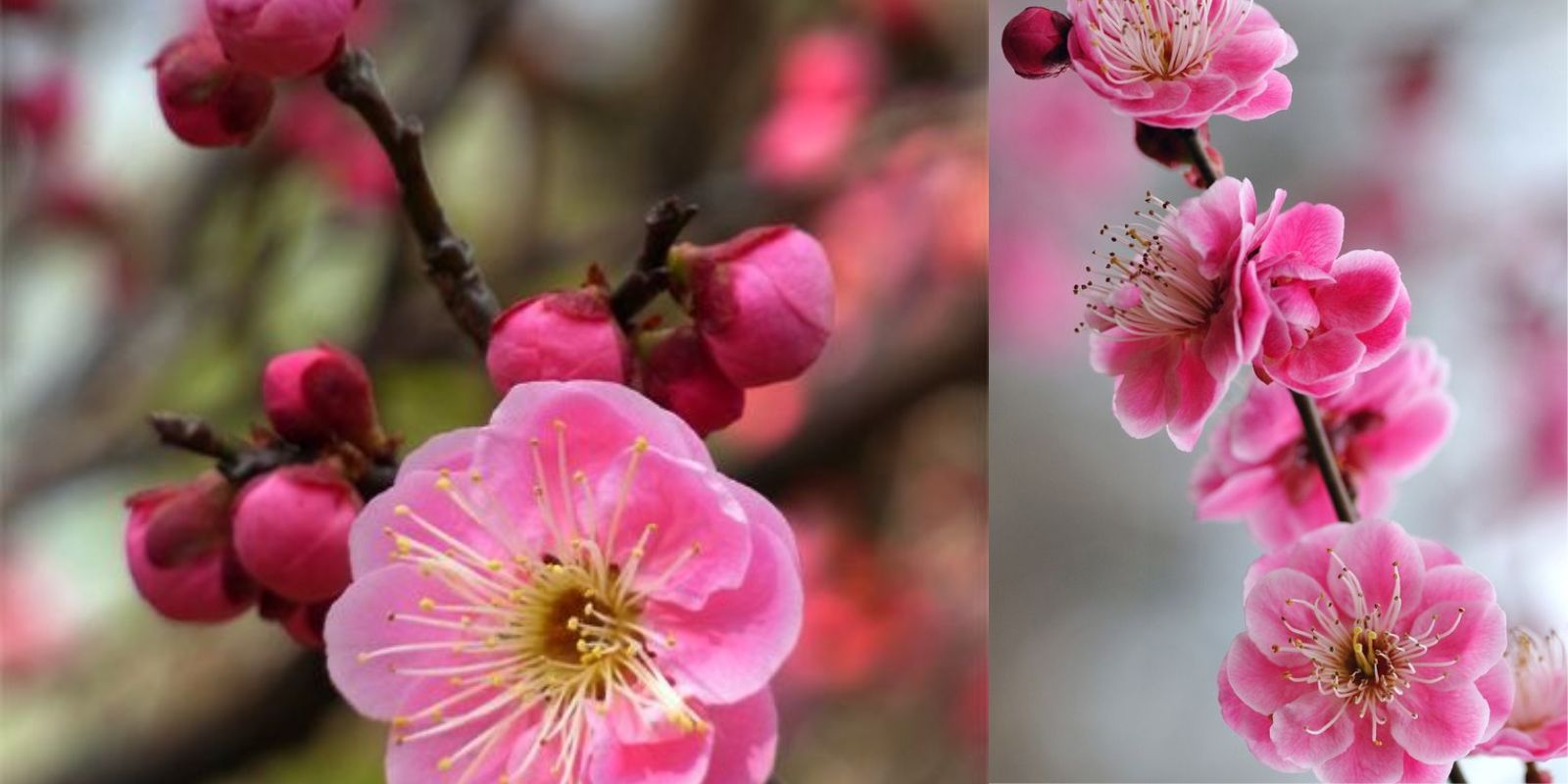Introduction
Spectacular Pom-Pom Blossoms are a captivating group of exotic flowers renowned for their spherical, fluffy blooms that add a burst of color and texture to any garden. These flowers, characterized by their pom-pom-like appearance, come in a variety of vibrant hues and are highly valued for their ornamental appeal. Whether you’re a gardening enthusiast or a novice, cultivating these unique flowers can be a rewarding experience that enhances the beauty of your outdoor space. This comprehensive guide will walk you through the steps to successfully grow and care for Spectacular Pom-Pom Blossoms, ensuring a stunning display in your garden.
Selecting the Right Variety
The first step in growing Spectacular Pom-Pom Blossoms is selecting the right variety that suits your climate and garden conditions. These flowers are available in several species and hybrids, each with distinct colors and growth habits. Some popular varieties include:
- Pom-Pom Dahlias: Known for their large, round blooms in various colors, including red, pink, yellow, and white.
- Craspedia: Also known as Billy Buttons, these flowers have bright yellow, globe-shaped blooms.
- Allium: This genus includes species with pom-pom-like flowers in shades of purple, blue, and white.
When choosing a variety, consider factors such as your climate zone, soil type, and the amount of sunlight your garden receives. Some varieties are more cold-tolerant, while others thrive in warmer climates. Researching the specific needs of your chosen variety will help ensure successful growth and blooming.
Preparing the Soil
Proper soil preparation is crucial for the healthy growth of Spectacular Pom-Pom Blossoms. These flowers generally prefer well-draining soil with a slightly acidic to neutral pH (6.0 to 7.0). Here are the steps to prepare your soil:
- Testing the Soil: Conduct a soil test to determine its pH and nutrient levels. This will help you understand if any amendments are needed.
- Amending the Soil: Based on the soil test results, amend the soil with organic matter such as compost or well-rotted manure to improve fertility and drainage. If the soil is too acidic or alkaline, adjust the pH accordingly.
- Loosening the Soil: Loosen the soil to a depth of at least 12 inches to ensure good root penetration and aeration.
Planting Spectacular Pom-Pom Blossoms
Spectacular Pom-Pom Blossoms can be planted from seeds, bulbs, or young plants. The planting method may vary depending on the variety you choose.
- Seeds: If starting from seeds, sow them directly in the garden after the last frost date. Alternatively, you can start seeds indoors 6-8 weeks before the last expected frost. Transplant the seedlings outdoors when they are strong enough and the risk of frost has passed.
- Bulbs: For varieties like Allium, plant bulbs in the fall, spacing them according to the specific variety’s requirements. Ensure the bulbs are planted at the correct depth, usually about three times the height of the bulb.
- Young Plants: If you purchase young plants, transplant them into the garden after hardening them off. Space the plants adequately to allow for proper air circulation and growth.
Watering and Sunlight
Spectacular Pom-Pom Blossoms require consistent moisture, especially during the growing season. However, it’s important to avoid waterlogging, which can lead to root rot. Here are some watering tips:
- Watering Schedule: Water the plants regularly, allowing the top inch of soil to dry out between waterings. During hot and dry periods, increase the frequency of watering.
- Watering Technique: Water at the base of the plants to minimize foliage wetness, which can reduce the risk of fungal diseases.
Sunlight is another critical factor for the growth and flowering of these plants. Most Spectacular Pom-Pom Blossoms thrive in full sun to partial shade. Ensure they receive at least 6 hours of sunlight daily for optimal blooming.
Fertilization and Maintenance
To support the growth and flowering of Spectacular Pom-Pom Blossoms, regular fertilization is recommended:
- Fertilizer Choice: Use a balanced, slow-release fertilizer or one specifically formulated for flowering plants. Follow the package instructions for application rates and frequency.
- Deadheading and Pruning: Deadhead spent flowers to encourage continuous blooming and prevent the plant from directing energy toward seed production. Prune any damaged or diseased foliage to maintain plant health.
Pest and Disease Control
Like all plants, Spectacular Pom-Pom Blossoms can be susceptible to pests and diseases. Common pests include aphids, spider mites, and caterpillars, while fungal diseases like powdery mildew can affect the foliage. To protect your plants:
- Regular Inspection: Regularly inspect your plants for signs of pests or disease. Early detection allows for timely intervention.
- Natural Remedies: Use natural pest control methods, such as insecticidal soap or neem oil, to manage pests. For fungal issues, ensure proper spacing and air circulation, and avoid overhead watering.
Propagation Techniques
Propagating Spectacular Pom-Pom Blossoms can be an exciting way to expand your garden. Depending on the variety, you can propagate these plants through seeds, cuttings, or division:
- Seeds: Collect seeds from mature flowers at the end of the growing season and sow them in the following spring.
- Cuttings: Take softwood cuttings in the spring or early summer and root them in a well-draining medium.
- Division: For bulbous varieties, divide clumps every few years to maintain vigor and produce new plants.
Conclusion
Growing Spectacular Pom-Pom Blossoms is a delightful way to add exotic beauty and vibrant colors to your garden. By following the steps outlined in this guide—selecting the right variety, preparing the soil, planting, and maintaining the plants—you can enjoy the stunning blooms of these unique flowers. Remember to monitor for pests and diseases, provide adequate water and sunlight, and enjoy the process of cultivating these spectacular plants. Happy gardening!

